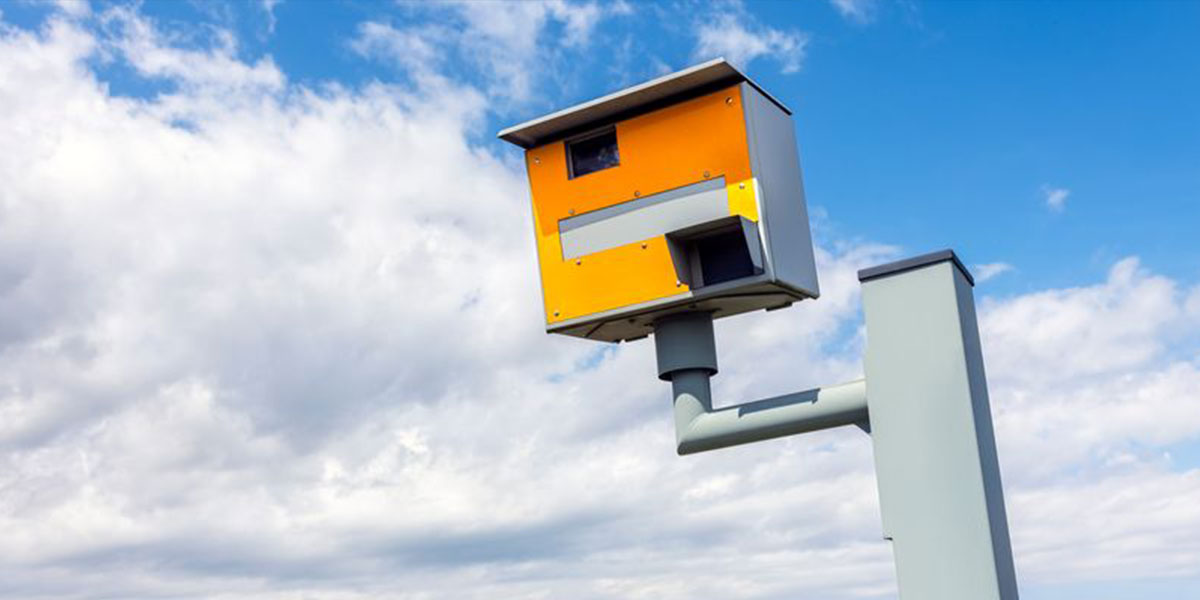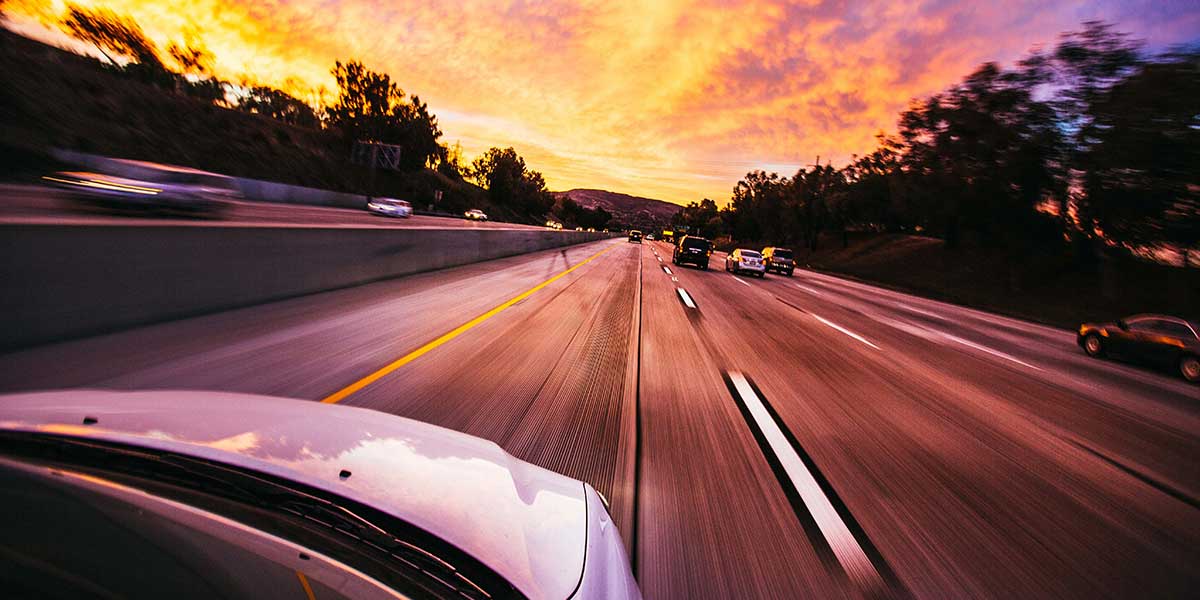Mastering the overtake is critical. From winding country lanes through to busy urban centres, you need to know how to safely overtake a vehicle no matter where you’re driving.
But what are the rules around how to overtake safely on a road? This article outlines what you should know before you overtake a vehicle.
What is overtaking?
If you’re overtaking, you are passing another road user that is travelling slower than you but moving in the same direction. This could be a cyclist or horse, but it may also include buses or taxis pulled over in urban centres.
Overtaking is perfectly legal, provided you do so safely. Obviously, if there are signs or road markings that prohibit overtaking, then you should not do so. A solid white line, and a double white line on your side of the road all indicate that no overtaking is allowed on that stretch of road. The exception is if you are over the double white lines when passing a cyclist who is on your side of the road.
It is also illegal to overtake a vehicle if done in an unsafe or reckless manner. So, for example, if you attempt an overtake when another vehicle is overtaking you, or if you do so in weather with poor visibility, this is illegal.
How to safely overtake a vehicle – six rules to follow
No speeding
According to rule 125 of the Highway Code, the speed limit is the maximum that you should drive on any road. It is therefore illegal to speed when you overtake. You may be subject to a fine of up to £2,500 and six points on your licence if you are caught speeding when overtaking a vehicle.
Consider safety and necessity
Is the road ahead of you free of obstacles like pedestrian crossings? Is there a dip in the road, or a sharp curve that obscures your vision of oncoming vehicles?
Road safety charity Brake reports that over half of the UK’s fatal car crashes occur on country roads. This figure is both explained and exacerbated by overtaking and risky driving behaviour.
You need around 100 metres of space ahead of you after overtaking. If you do not have this space, if there are hazards, or if your vision is obscured, then it is not safe to overtake a vehicle.
Remember that your vehicle weight changes according to the number of passengers and type of luggage carried. If you’re going uphill, your car may also be slower to overtake.
Only overtake on the right
In the UK, we drive on the left. As such, to overtake safely on a road, you should only ever pass to the right of the vehicle that you’re overtaking. Never overtake by passing on the left or attempting to use a hard shoulder. Don’t weave in and out of motorway lanes to overtake, either.
The exception to the rule is overtaking a vehicle that is turning right. You can also overtake vehicles in the lane to your right if you are driving through particularly congested and slow-moving traffic.
Use your mirrors, signal, and check your blind spot
You need to follow proper driving protocol to overtake safely on the road. Use your mirrors to make sure that the road is clear both ahead and behind you. It’s particularly important to check your blind spot. If a hazard appears, do not overtake.
Don’t get too close to the vehicle you plan to overtake. Always signal to indicate that you’re overtaking, and accelerate with confidence and control, without breaking the speed limit.
Leave space once you’ve overtaken
You don’t want to cut up the vehicle you’ve just overtaken. Ensure that you can see the vehicle you’ve overtaken in your central rear-view mirror before pulling across into the correct lane. Otherwise, you risk them having to slam on the brakes, which may cause accidents.
Don’t follow an overtaking vehicle
Just because it was safe for the car in front of you to overtake a vehicle, that doesn’t mean it’s safe for you to immediately follow them. Always perform the requisite safety checks before overtaking.
Secure a safer vehicle with car finance
If you’re looking to upgrade to a safer set of wheels, use the car loan approval calculator from My Car Credit to find a car finance deal, or email us on enquiries@mycarcredit.co.uk.
Rates from 9.9% APR. Representative APR 12.4%
Evolution Funding Ltd T/A My Car Credit
Require more help?
Got a question you can’t find the answer to, or need some advice and guidance around taking out car finance? Our Car Credit Specialists are friendly, experienced, and here to help so get in touch today!





